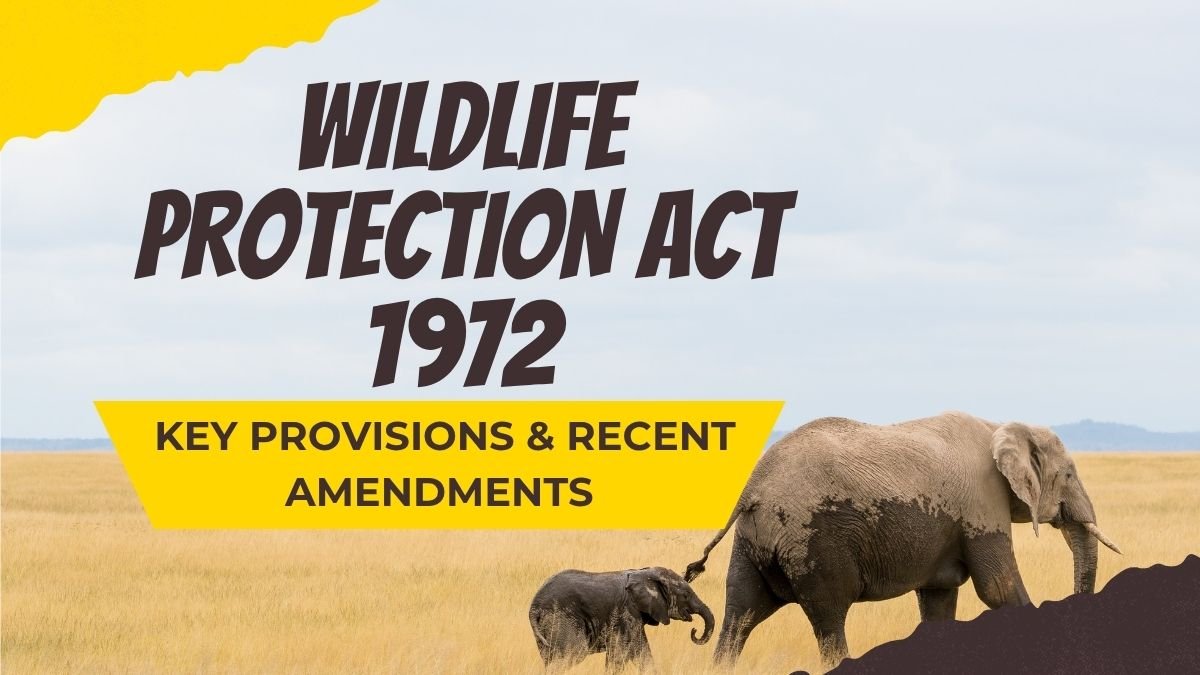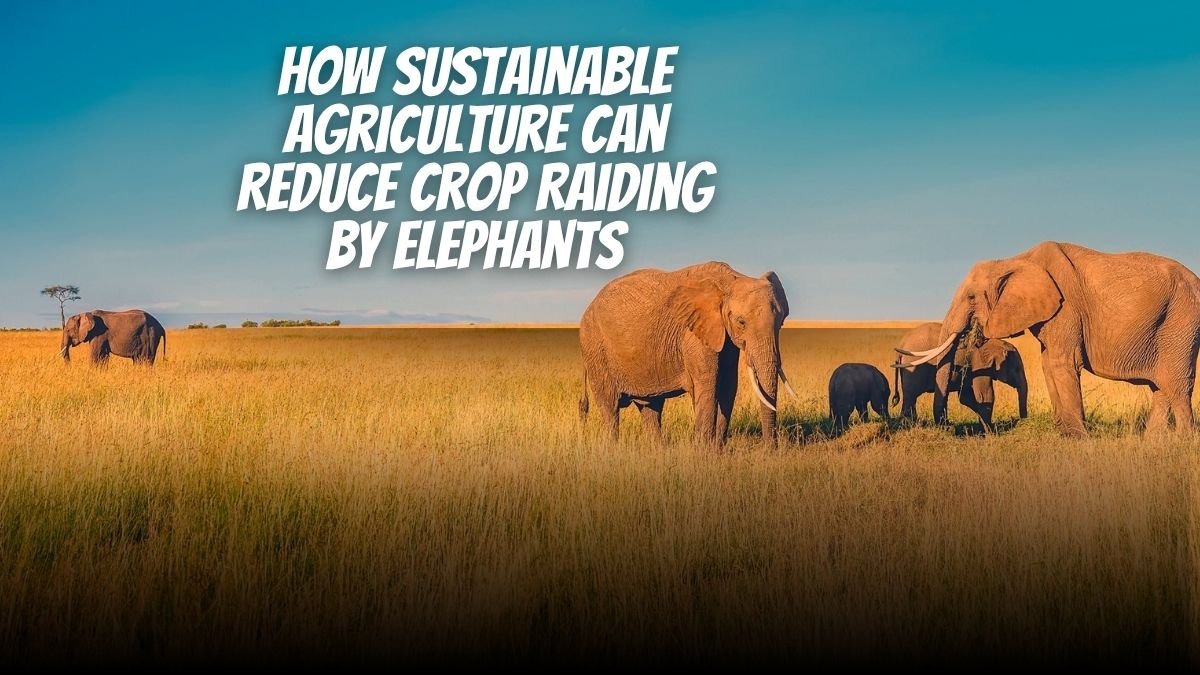Wildlife Protection Act of India 1972: A simple and detailed
Wildlife conservation is thus a duty towards the children of tomorrow, and protecting it in a biodiversity-rich country like India, is not an option; it’s a must. Keeping this in view, India enacted the Wildlife Protection Act in 1972. This enactment will set a very strong framework in the country in protecting fauna and associated natural habitats.
Let’s understand it.
Why was this law necessary?
Hunting and trade severely threatened most animal species found in India in the early 1970s. Responsible almost all the important animals, such as bears, tigers, elephants, black deer, etc., were nearing extinction in a very short time. Cutting down of forests led to the loss of spaces for wildlife habitation. In this backdrop, the government realized that if strict measures were not imposed immediately, there wouldn’t be much hope of visualizing these very species in the future.
Main provisions of this law
1. Protected Areas
This Act gives the right to establish National Parks, Wildlife Sanctuaries and Conservation Reserves. No kind of hunting, farming, construction or encroachment is allowed in these places.
For example:
- Kaziranga National Park has strict provisions to protect rhinoceros.
- Sariska Tiger Reserve has special monitoring to increase the number of tigers.
2. Protection of wildlife
Under this law, many species are divided into schedules:
- Schedule I has important animals like tiger, lion, elephant which get the most protection.
- Schedule II, III and IV have other species which are also given different levels of protection.
It is illegal to hunt, sell or capture these animals.
3. Trade control
The illegal trade of animals or their parts — such as ivory, tiger skin, turtles — is strictly prohibited under this Act. If anyone is caught in the trade, legal action is taken against him.
4. Punishment and penalty
If a person commits a crime against wildlife, he can be punished with:
- Up to 3 years in jail
- Fine of ₹25,000 or more
- Or both.
If the crime is repeated, the punishment can be even more severe.
5. Wildlife advisory board
The government has constituted wildlife advisory boards at both state and centre levels. Their role is the formulation of policies, monitoring of protected areas and wildlife conservation awareness.
Changes over time: Important amendments
Amendment in 2006:
Under this amendment, the punishment related to illegal hunting and trade was made even more stringent. Also, Wildlife Crime Control Bureau (WCCB) was established which monitors across the country.
Amendment in 2013:
This change was focused on reducing human-wildlife conflict. Such as tigers entering villages or elephants damaging farms.
This included creating safe corridors for wildlife and providing assistance in affected areas.
Today’s needs and challenges
Even today, wildlife in the country is threatened by deforestation, urbanization and climate change. Therefore, this Act has become more relevant now. Many organizations are demanding that:
- Measures to deal with the impact of climate change should be added
- New policies should be brought to resolve human-wildlife conflict
- Local communities should be more involved to protect biodiversity
Your role in wildlife conservation
Now the question arises, what can a common citizen do? So the answer is – a lot.
If you want:
- You can report about wildlife by visiting platforms like eBird, iNaturalist India.
- Participate in cleaning or maintaining wildlife sanctuaries or parks near you.
- Report any wildlife hunting or trade to the forest department.
- Make people aware by spreading correct information on social media and opposing misinformation.
Conclusion
The Wildlife Protection Act 1972 is not just a law, it is a means to save our environment and natural resources. It has been changing with time and will continue to do so, but its basic spirit remains the same – to save India’s wildlife.
If we do not want our future generations to see only pictures of animals like elephants, tigers, peacocks, leopards in books, then we have to understand and support this Act.















